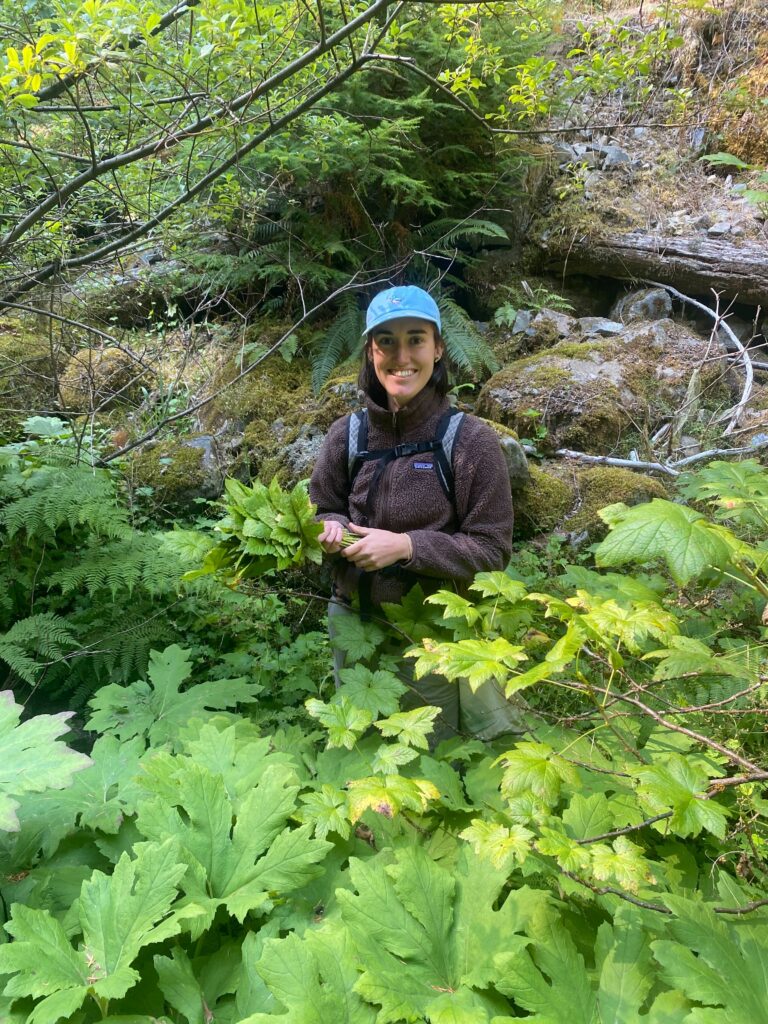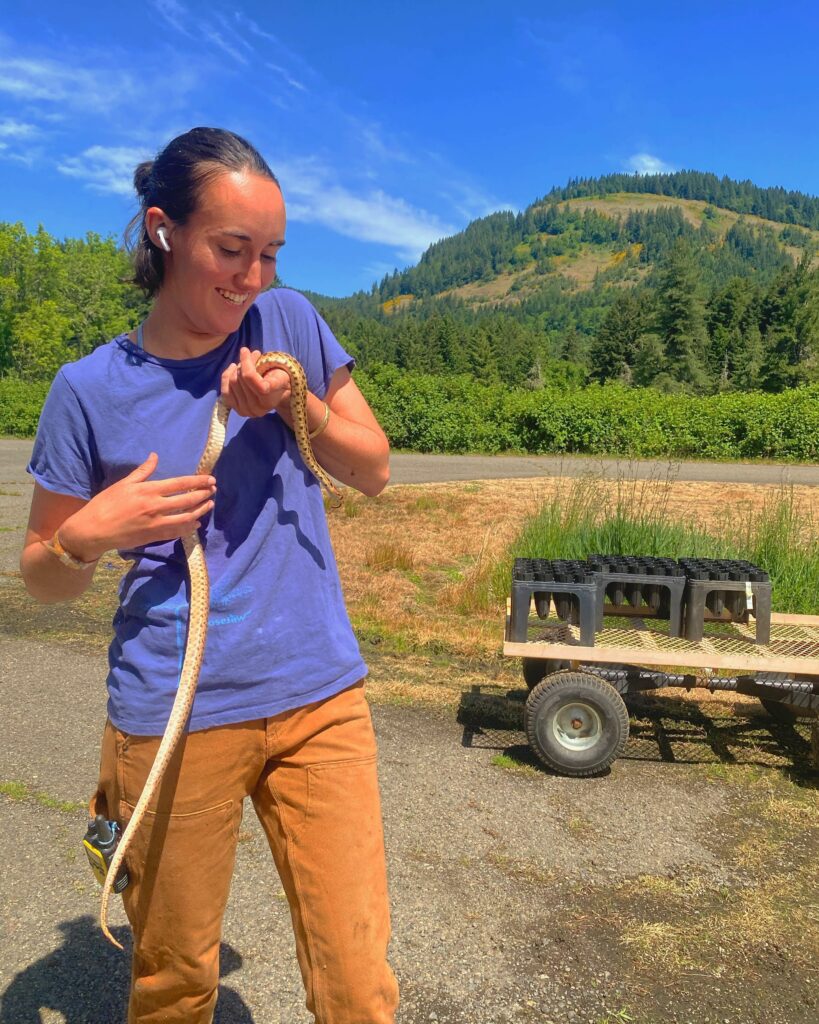Regardless of temps in the high 80’s this week – !! – the season is wrapping up in the Nursery Program. We’ve had some notable events in these last few weeks, and we’re deep into planning our Fall/Winter workshops to keep up with the area growers and ever-evolving changes in the industry.
Event Success
Climate-Ready Landscape Plants Field Day 2023 hosted almost 30 volunteer participants in the north plots on the farm to assess the overall hardiness and beauty of ornamental varieties in various levels of drought.

Even under the threat of record high temperatures, Master Gardeners from all over NW Oregon arrived, as well as industry supporters, to enjoy the beautiful flowers and the misted tents. The OSU Nursery Program is part of a larger study on Climate-Ready Plant Trials throughout the Western US.

OTF STEM Teacher Training was led on the NWREC farm by the OTF STEM (On the Farm Science, Technology, Engineering and Math) Facilitators as a part of a larger tour including several farms and programs, including the Horticulture Program at OSU. Dalyn and Lloyd spent time with High School teachers from Oregon and Washington, demonstrating soil moisture sensors – both volumetric and tensiometer informed. In teaching the teachers, our program is better able to explain somewhat difficult material in a manner that makes it accessible at different levels of education and application. For example, Dalyn explained the differences between soil water holding capacity and plant-available field capacity and finding the permanent wilt point- the point at which plants in the soil will wilt, and can’t recover when water is re-supplied.

Lloyd discussed vapor pressure deficits, or the effect of air temperature in drying plants, in relationship to atmospheric demand and plant responses to drought.

Says Dalyn, “It’s really good for us and these teachers to meet like this to exchange ideas. Audience work isn’t usually part of a grant in Agriculture, but getting this information into classrooms helps to promote environmental sciences.”

Drone Applications for Farm and Field kicked off our Smart Spraying seminar series, and was well attended here at the NWREC farm with over 50 participants on a cloudless fall day. NWREC’s Kristie Buckland opened the workshop with current research for uses of drone technology in application for smaller farms, followed by Andrea Sonnen of the ODA presenting on the regulations and requirements for aerial applicator licensing.

We were happy to host Timothy King from Ag Drones West as he provided information about the DJI T40 Sprayer System and gave a spectacular show demonstrating both liquid and granular applications in one of our unused fields.

This series continues in December with our second workshop titled “The ‘I’ in ‘IPM’: Integrating Approaches to Pest Management”.
Please visit our EVENTS page for information on upcoming workshops!








